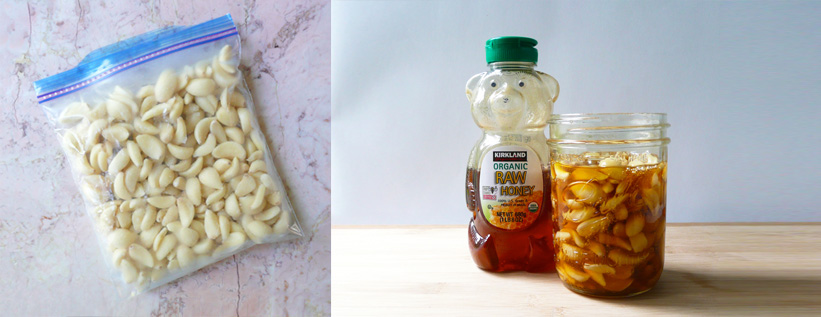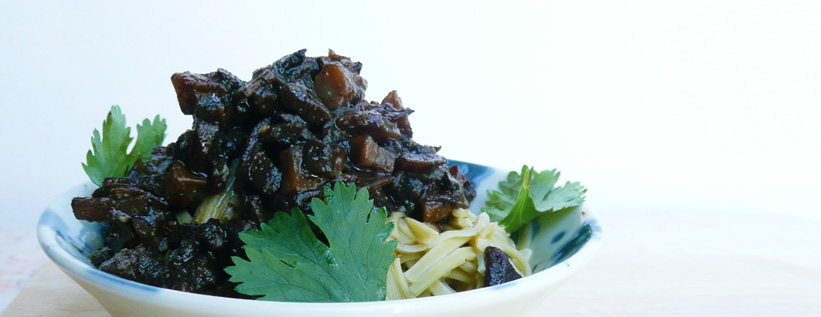Here are two ways of storing extra garlic cloves so that you can use them up when you're ready to.
Category: Taiwanese
Vegan Taiwanese or Chinese Sausage – “Xiang Chang”(香腸) / “Lap Chong” (臘腸)
This vegan Taiwanese sausage "xiang-chang" (香腸) or Chinese sausage "lap-chong" (臘腸) is easy to make and tastes very similar to the real thing. Spooned over noodles or a steaming bowl of rice, it's happiness in a bowl.

